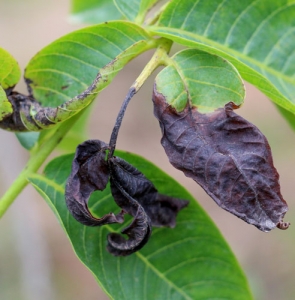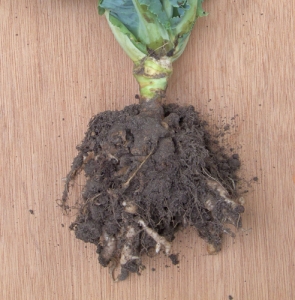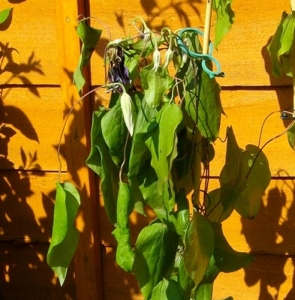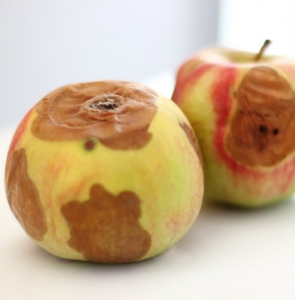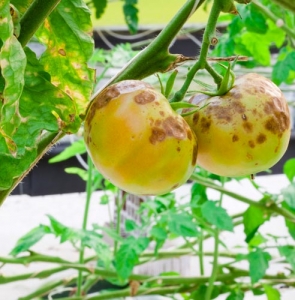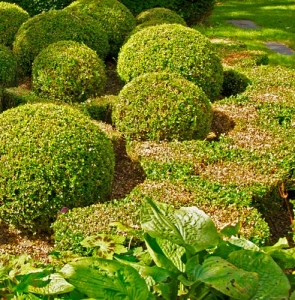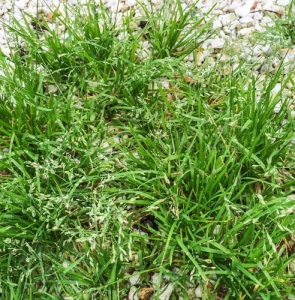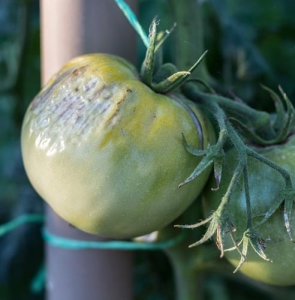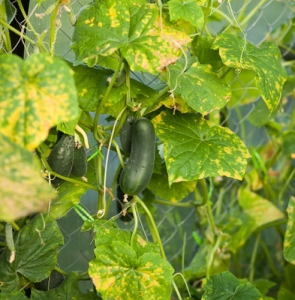-
Nearly all plants need a constant and regular supply of water for their roots to absorb. If this is interrupted plants start to wilt and can eventually die.
-
Frost and cold weather can damage numerous plants, but especially tender plants that can’t tolerate low or freezing temperatures and tender, new growth in spring.
-
Calcium deficiency isn’t common, and can be difficult to diagnose, but is responsible for two main disorders – blossom end rot in tomatoes and bitter pit in apples.
-
Boron is a micronutrient, needed by plants in small amounts. A deficiency can cause poor and stunted growth and a range of other symptoms, depending on the plant.
-
(Phoma clematidina – or physical damage) Clematis wilt disease causes clematis plants to wilt rapidly. However, most suspected cases of wilt are actually caused by physical damage to the stems.
-
(Botrytis fabae and Botrytis cinerea) Chocolate spot is the commonest fungal disease of broad beans. It produces reddish-brown or chocolate coloured spots on all parts of the plant.
-
(Cylindrocladium buxicola and Pseudonectria buxi) Box blight is a devastating fungal disease of box (Buxus) plants. It kills the leaves, resulting in extensive bare patches, and affected plants die back.
-
(Poa annua) Annual meadow grass is a common weed of lawns, beds, borders and containers. It sets a lot of seeds each year and so spreads readily around the garden.
-
Blossom end rot produces dark patches on the bottom of tomato fruits – as well as peppers and aubergines. This plant disorder is mostly caused by irregular watering.
-
Various bacteria Plant diseases caused by bacteria can be extremely damaging. Luckily, there are few that are commonly seen in the UK. They produce a range of different symptoms.



